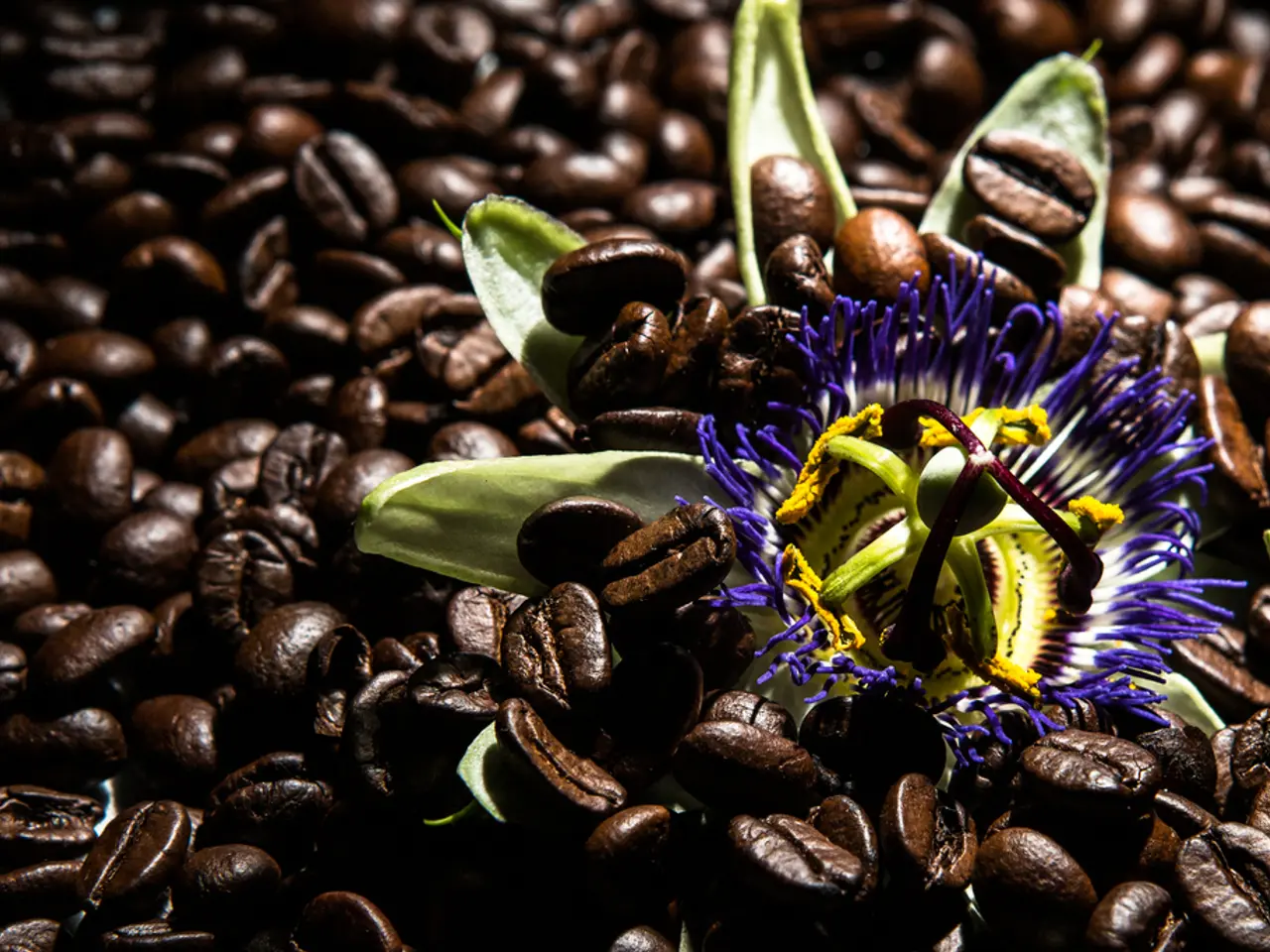Cultivating Fava Beans: Unveiling the Secrets to Soil Prosperity
Growing Fava Beans: A Comprehensive Guide
Fava beans, a versatile and nutritious legume, are a popular choice for gardeners in cooler climates. Here's a guide to help you grow these hardy plants successfully.
Sunlight and Soil
Fava beans thrive in full sun or part shade, and they prefer fertile, well-draining soil. The soil can vary, but they tend to do best in rich soil enriched with organic matter or compost. Good drainage is crucial, especially during winter, to prevent root rot.
Temperature
Fava beans are cold-tolerant and grow best in cool weather. They can tolerate frosts and temperatures as low as early spring or late winter. However, they do not perform well in hot, humid, or tropical climates. Plant them in late winter to early spring or autumn in temperate zones.
Spacing
When sowing seeds, space them about 4–6 inches apart to allow enough room for the plants, which can grow up to 4 feet tall and 2 feet wide. Rows should be spaced about 2-3 feet apart.
Watering
Keep soil moist consistently during germination and throughout the growing season. Once established, fava beans tolerate wetter conditions but avoid soggy soil that causes root diseases. Watering in the morning reduces the risk of disease spread.
Fertilizer
While fava beans are legumes that fix their own nitrogen, planting in fertile soil enriched with organic matter or compost boosts growth and yield. Some growers use fava beans as green manure because of their nitrogen-fixing ability and cut or mow them before flowering to incorporate organic matter into the soil.
Caring for Fava Beans
Fava beans improve soil texture, suppress weeds, support microbials in the soil food web, and attract pollinators with their abundant flowers. They prefer a slightly acidic to neutral pH level, with a range of 6.2 to 6.8. Fava beans need about 1-2 inches of water per week, depending on the temperature.
In moderate winter areas, fava beans can be planted from early fall through late winter. Fava beans are large plants that can grow up to 2-6 feet tall and about 1 foot wide. They are not twining climbers and do not require support.
Harvesting and Maturity
Fava beans take between 70 to 220 days to reach maturity, depending on the variety and growing conditions. Once the pods are filled with beans and the beans inside are plump and bright green, they're ready to harvest.
Planting in Different Climates
In cold winter areas with hot summers, plant fava beans as early as possible in the spring. In southern climates, they can be grown as a winter crop. In regions with long, hot summers, consider growing them as a cover crop to improve soil fertility and then mow them before they flower.
This guide matches regional planting advice and the plant's natural cold tolerance, making fava beans suitable for cooler seasons and climates with good drainage. Happy gardening!
Incorporating fava beans into your gardening activities can provide not only a nutritious addition to your food-and-drink lifestyle but also boost soil fertility and support local pollinators. With the preference for full sun or part shade and well-draining soil, fava beans thrive in a home-and-garden setting that mimics their natural habitat. The crucial aspect of good drainage helps maintain healthy plants, especially during the cooler growing periods. Additionally, cultivating fava beans through healthy-cooking recipes can offer a versatile and nutritious option for meals.





